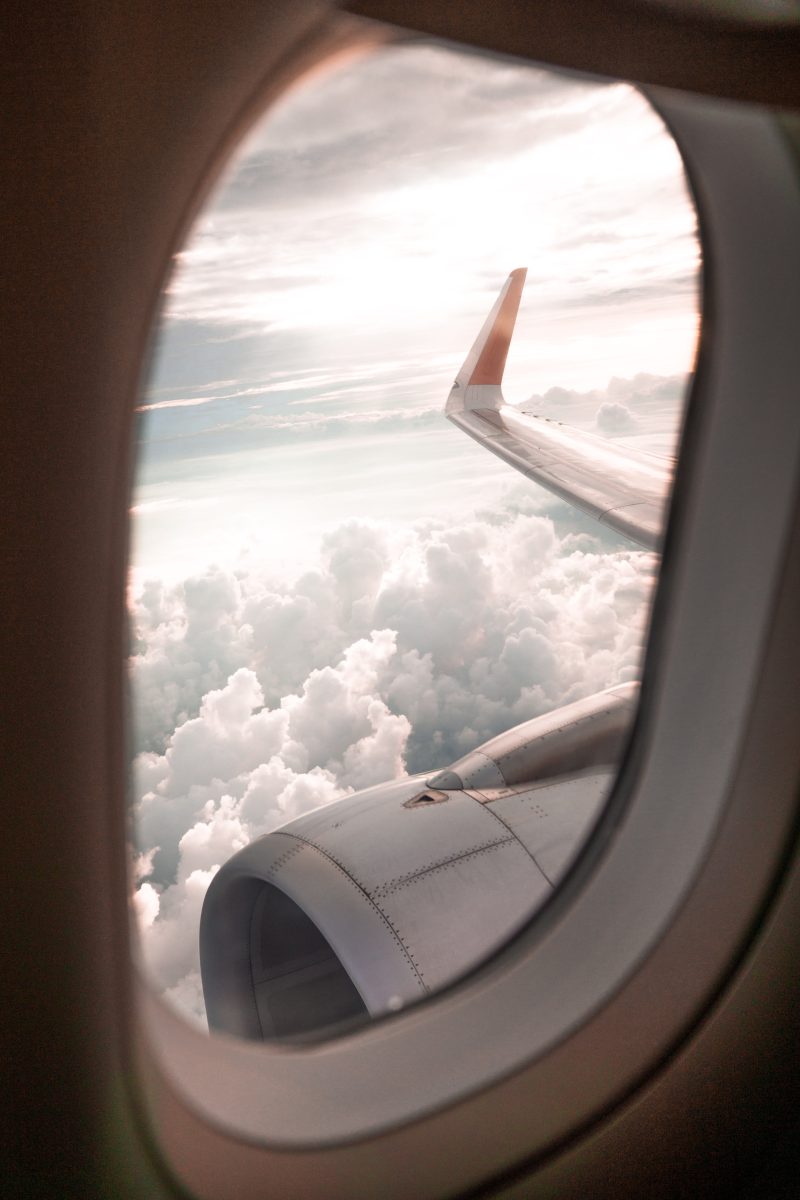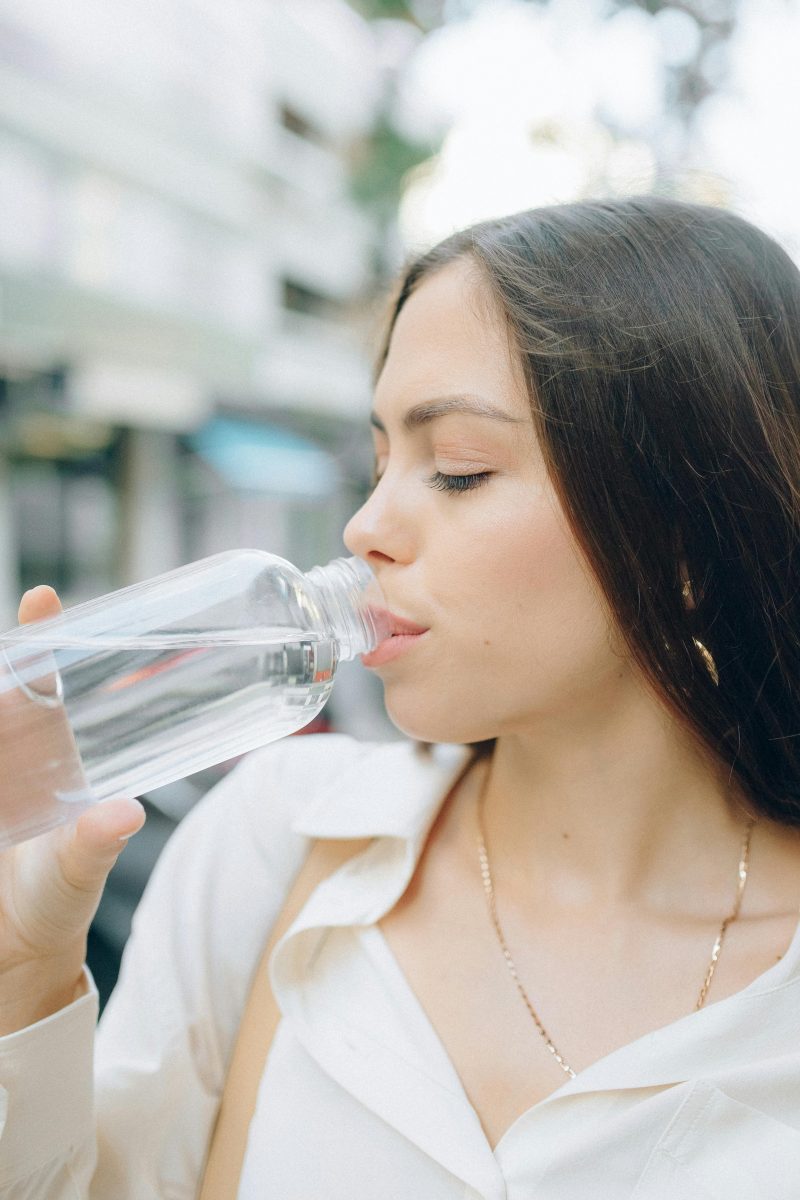
15 Cleaning Tips For Hay Fever
As spring blooms and nature awakens, so does the challenge for individuals with hay fever. The joy of the season can be overshadowed by the relentless onslaught of allergens, triggering symptoms that range from sneezing to itchy eyes.
Amidst this struggle, the very act of cleaning, meant to refresh living spaces, becomes a potential source of discomfort. This is where professional cleaners come to the rescue.
In this guide, together with the London office cleaners Think FM, we embark on a journey to address the unique cleaning challenges faced by hay fever sufferers. We delve into the reasons why cleaning can exacerbate symptoms and, more importantly, present a comprehensive set of tips specifically tailored to alleviate the burden of allergens, making the task of maintaining a comfortable home, and clean workspace more feasible for those grappling with hay fever.
Why Is Cleaning A Challenge For Hay Fever Sufferers?
Cleaning, an essential ritual for maintaining a healthy living space and a workspace, takes on a unique complexity for those grappling with hay fever. The primary culprits are airborne allergens such as pollen, dust mites, and pet dander, which pervade the environment and trigger allergic reactions. The act of cleaning, intended to rid spaces of dirt and irritants, can paradoxically stir up these microscopic particles, intensifying hay fever symptoms. Dusting surfaces, vacuuming carpets, or simply shaking out a rug can disperse allergens into the air, making the very process designed to enhance well-being a potential source of discomfort.
Cleaning Tips To Relieve Hay Fever
Hay fever sufferers face a unique challenge when it comes to cleaning, as the very act intended to create a healthy living space can exacerbate their symptoms. However, with strategic approaches, it’s possible to maintain cleanliness while minimizing exposure to allergens. Here are essential cleaning tips designed specifically to relieve hay fever:
1.Choose the Right Time to Clean
Timing matters for hay fever sufferers. Plan your cleaning activities during periods when pollen levels are lower, typically in the evening or after rainfall.
2.Use High-Efficiency Particulate Air (HEPA) Filters
Equip your vacuum cleaner and air purifiers with HEPA filters. These specialized filters effectively trap and reduce airborne allergens, minimizing their circulation in your living space. Additionally, consider complementing these efforts with drip IV hydration sessions to support your body’s immune system in combating allergens and maintaining overall well-being
3.Dust with Damp Cloths
Dry dusting can disperse allergens into the air. Instead, dampen cloths before dusting surfaces to capture and remove dust without causing it to become airborne.
4.Wash Bedding Regularly
Hay fever symptoms can intensify if your bedding harbors allergens. Wash sheets, pillowcases, and comforters in hot water weekly to eliminate dust mites and other irritants.
5.Limit Decorative Fabrics
Heavy curtains and rugs can accumulate allergens. Opt for blinds instead of heavy curtains, and choose easily washable rugs to minimize areas where allergens can gather.
6.Keep Windows Closed
While the temptation to let in fresh air is strong, keep windows closed during high pollen seasons. This prevents outdoor allergens from entering your home or office.
7.Groom Pets Regularly
Pet dander is a common allergen. If you have pets at home or you allow pets in the office, groom them frequently to reduce shedding. Designate specific areas for them to minimize the spread of allergens.
8.Invest in Allergen-Proof Mattress and Pillow Covers
Mattresses and pillows are prime locations for dust mites. Use allergen-proof covers to create a barrier against these microscopic irritants.
9.Use Natural Cleaning Products
Opt for natural, fragrance-free cleaning products to avoid introducing additional irritants that may trigger hay fever symptoms.
10.Delegate Cleaning Tasks
If possible, delegate certain cleaning tasks to others during peak hay fever seasons to minimize direct exposure to allergens.
11.Stay Informed About Pollen Counts
Regularly check local pollen forecasts to plan outdoor activities and adjust cleaning routines on days with lower pollen levels.
12.Create a Cleaning Schedule
Establish a regular cleaning schedule to maintain a consistently clean environment, preventing the accumulation of allergens over time.
13.Consider Professional Cleaning Services
Professional cleaners often use HEPA-filtered equipment and have experience in minimizing allergen dispersal. Consider hiring them for thorough cleaning tasks, especially during peak hay fever seasons.
14.Personal Protective Gear
When undertaking cleaning tasks, consider wearing a mask and goggles to reduce direct exposure to allergens.
15.Consult with an Allergist
If hay fever symptoms persist, consult with an allergist. They can help identify specific triggers and develop a personalized cleaning plan tailored to your unique sensitivities.
Summary
For hay fever sufferers, cleaning can be a double-edged sword, potentially worsening symptoms. This guide provides indispensable tips tailored to alleviate this challenge. By choosing optimal cleaning times, using HEPA filters, and adopting damp dusting techniques, hay fever sufferers can reduce allergen exposure. Laundering bedding, limiting decorative fabrics, and staying informed about pollen counts further contribute to a hay fever-friendly environment. From delegating tasks during peak seasons to considering professional cleaning services, these tips empower individuals to transform cleaning from a potential source of discomfort into a means of fostering a healthier and more comfortable living space.








1 Comments
Altering Your Christmas Plans Late? Consider This Advice! | Travelling with Boys
19th December 2023 at 8:58 pm
[…] – a safe place in which to place your belongings, under 24/7 security, and in an environment you know won’t suffer weather damage. This is also safer than shoving everything into the garage or whatever plans you […]
Comments are closed.